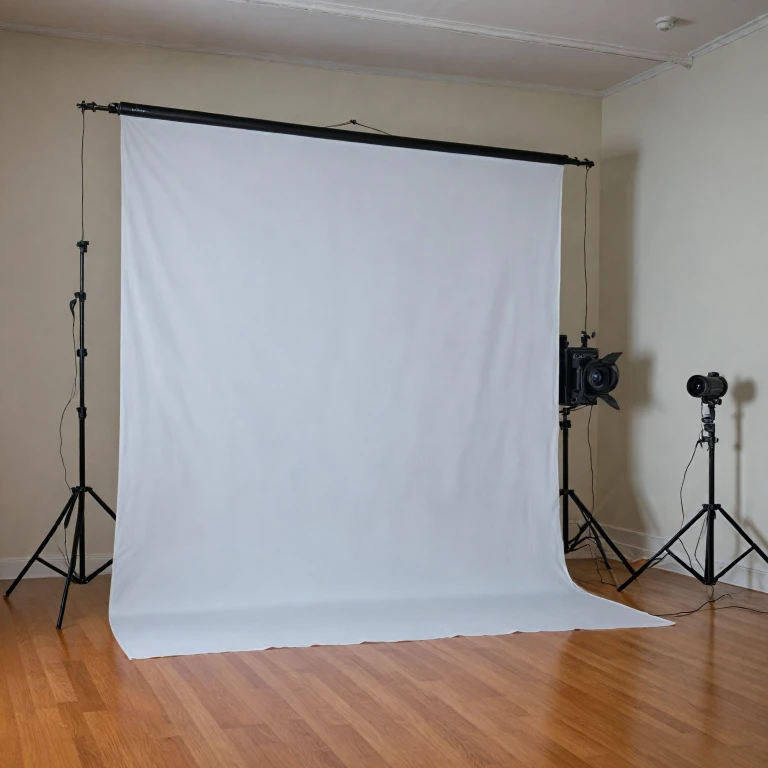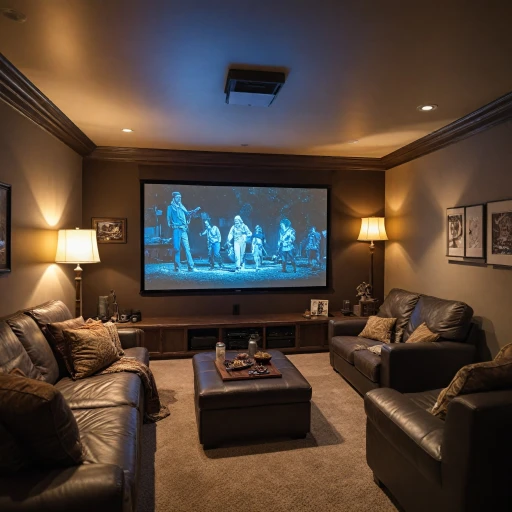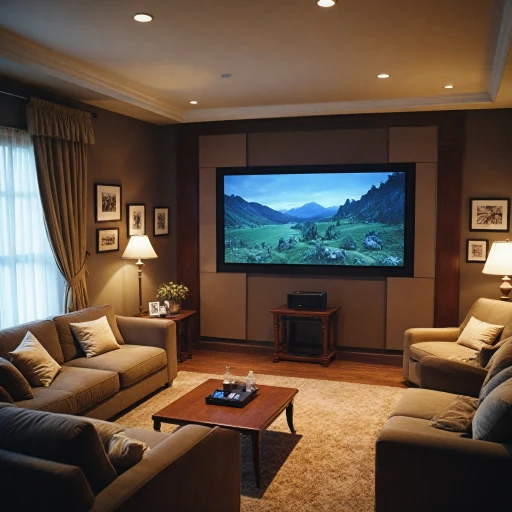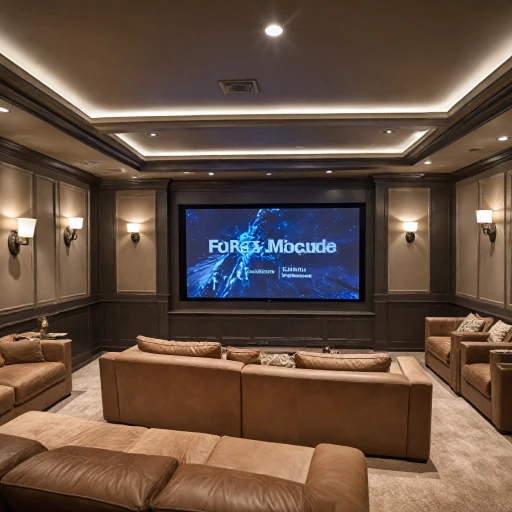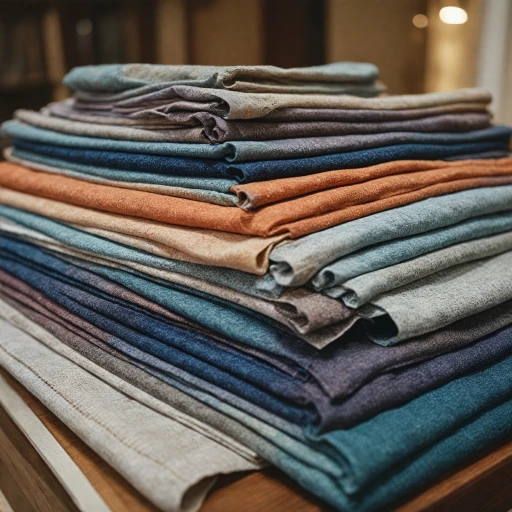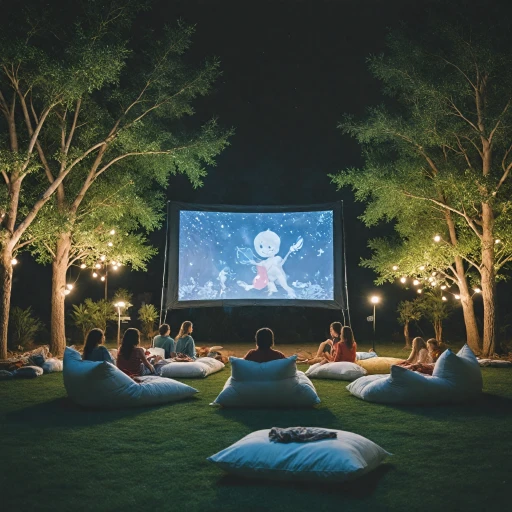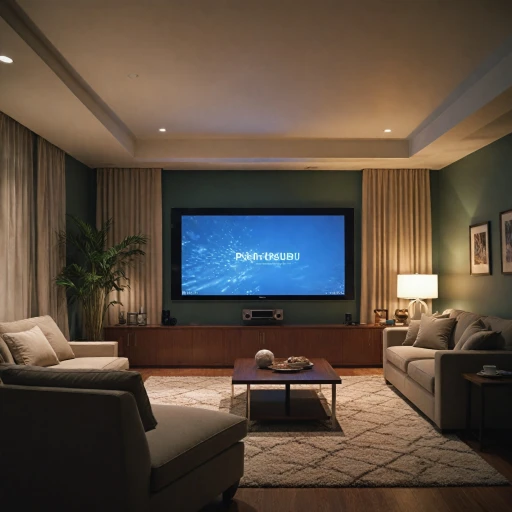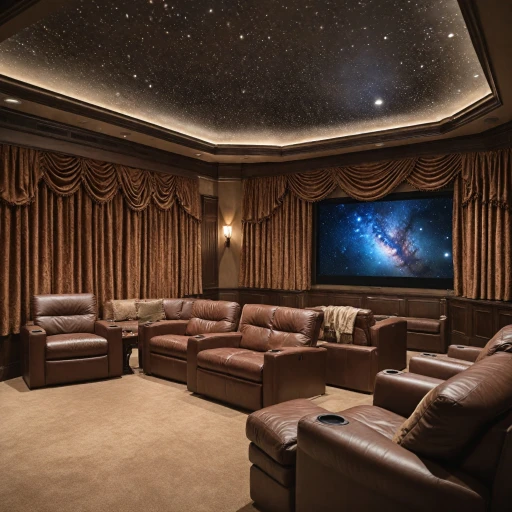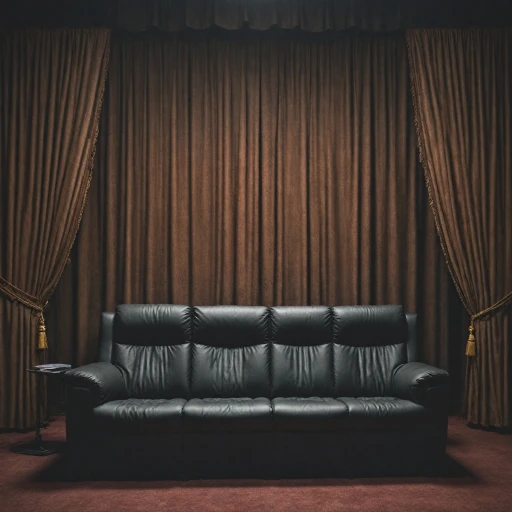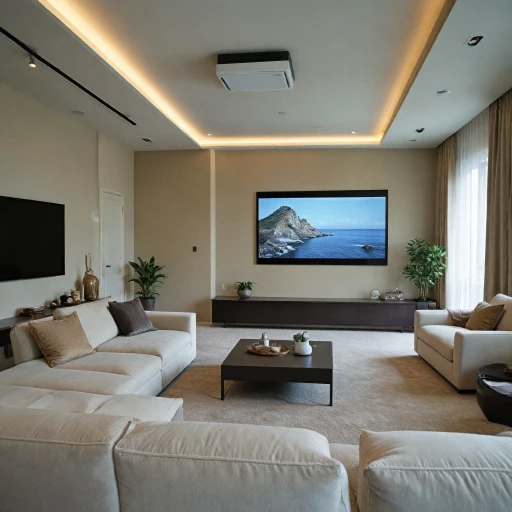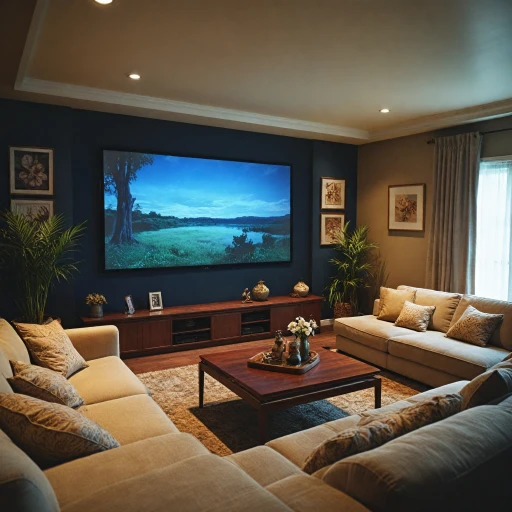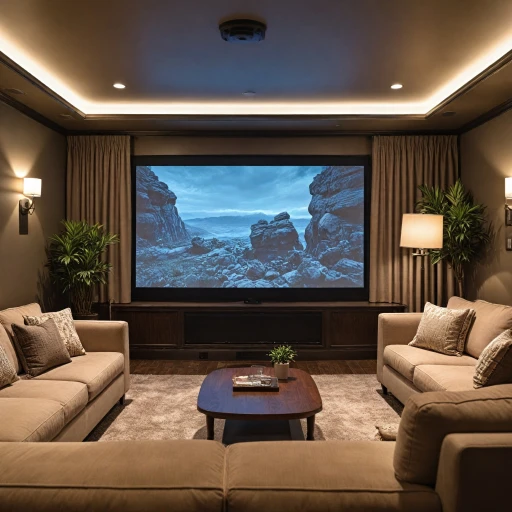Understanding Projector Screen Material
Decoding the Materials Crafted for Visual Excellence
The cornerstone of a truly immersive home theater experience lies in choosing the right projection screen material. This decision significantly influences the quality of your projected image by affecting factors such as brightness, color accuracy, and contrast. In selecting a screen surface, it's crucial to recognize its role in reflecting light from the projector evenly across its surface to deliver a vivid and clear image. Investing time in understanding different materials is essential to identify which will deliver the best combination of features for your unique viewing environment. The impact on price and performance varies significantly; hence, this choice shouldn't be taken lightly. Screen materials are designed to address specific needs, such as enhancing contrast in high ambient light environments or maximizing detail and color accuracy for ultra short throw projectors. Whether you’re looking to achieve a high-definition image or adjust screen size to your projector’s throw, the right material sets the foundation. For those interested in exploring how various materials affect viewing experiences or wish to delve into more technical specifications—like the impact of a high gain surface versus a matte white finish—you can enhance your viewing experience with a large projector screen. Understanding these nuances will help in making an informed decision that aligns with your space’s layout and lighting conditions.Types of Projector Screen Materials
Exploring Different Projector Screen Materials
When selecting the appropriate material for your projection screen, understanding your options can dramatically impact the overall viewing experience. You'll find several materials that offer distinct characteristics for image quality, durability, and usability. Here are some of the most common types of projection surfaces to consider:- Matte White: This is a popular choice due to its versatility in various lighting conditions and affordability. Its neutral color provides true-to-life colors and good contrast, making it suitable for diverse settings.
- High Gain Screens: These screens increase the brightness of the image by reflecting more light back towards the audience. Ideal for environments with controllable lighting, they can deliver brighter pictures but might sacrifice some viewing angles.
- Light Rejecting Surfaces: Especially useful for rooms with ambient light, these projection screens minimize glare and ambient light interference, enhancing contrast and vibrancy during daylight viewing.
- Rear Projection Materials: Typically used in setups where the projector is placed behind the screen, offering unique benefits in terms of speaker placement and space layout adaptability.
- Ultra Short Throw Screens: Designed specifically for ultra short throw projectors, these screens maximize image clarity and cut down on light diffusion. Explore more about choosing the right cinema screen fabric for your home theater
Factors to Consider When Choosing Screen Material
Key Considerations for Selecting Projector Screen Materials
Choosing the right screen material for your home theater setup involves understanding several critical factors that influence your viewing experience. Here, we'll explore key elements to assess when selecting the screen material that best matches your projection needs.
- Ambient Light Conditions: The presence of ambient light in your room can affect the quality of the projected image. A light-rejecting screen material can be advantageous in bright environments, while matte white surfaces work well in controlled light settings.
- Projector Type: Different projectors, such as short throw or ultra short throw models, interact uniquely with screen materials. A high-gain screen material might be suitable for short throw projectors to enhance image brightness and contrast.
- Screen Surface Type: Consider whether a fixed frame, white, or high-definition screen surface aligns with your projection goals. The surface texture and color can significantly impact picture quality.
- Viewing Angle and Image Width: Evaluate the screen's ability to maintain image clarity and contrast at different viewing angles and sizes. This is essential for larger projection screens to ensure consistent viewing across the entire screen.
- Budget and Pricing: Screen materials range in price, from regular price options to sale price deals. Balance your desired image quality and your budget constraints when deciding.
Each of these factors plays a role in shaping the overall viewing experience in your home theater environment. For additional insights on selecting complementary components for your space, consider exploring our guide on home theater setup essentials.
Pros and Cons of Popular Screen Materials
Evaluating Different Screen Materials
When selecting a projector screen, understanding the pros and cons of various screen materials can significantly impact your viewing experience. Let's dive into some popular choices and their unique characteristics.
Matte White Screens
Matte white is a classic choice for many home theater enthusiasts. Its neutral color ensures that the projected image remains true to the original content, providing excellent color accuracy and contrast. Matte white screens are ideal for spaces with controlled lighting, as they don't reject ambient light effectively. However, they often come at a regular price, making them accessible for most budgets.
High Gain Screens
High gain screens are designed to reflect more light towards the viewer, making them perfect for environments with some ambient light. These screens enhance brightness, which can be beneficial for short throw projectors. However, they may create hotspots or uneven brightness, affecting the viewing experience if not positioned correctly.
Light Rejecting Screens
For those dealing with significant ambient light, light rejecting screens offer a solution by minimizing reflections from external light sources. These screens are engineered to enhance contrast and maintain image clarity even in well-lit rooms. While they often come at a higher price, their ability to deliver high-definition images makes them a worthy investment for many.
Rear Projection Screens
Rear projection screens provide a unique setup where the projector is placed behind the screen. This configuration is ideal for spaces where front projection isn't feasible. These screens offer excellent image quality and allow for a cleaner setup, but they require more space and can be more costly.
Fixed Frame Screens
Fixed frame screens offer a tensioned surface that ensures a perfectly flat viewing area. This type of screen is often preferred for its ability to maintain a consistent image width and high contrast. However, installation requires a dedicated space, as these screens are not retractable.
Choosing the right screen material involves weighing these pros and cons against your specific needs and environment. Consider factors like ambient light, projector type, and budget to find the best fit for your home theater setup.
Customizing Screen Material for Your Space
Tailoring Your Screen to Your Space and Needs
Creating the ultimate home theater environment involves selecting a projection screen that perfectly fits your space and specific requirements. A one-size-fits-all approach doesn't always lead to the best viewing experience. By understanding the different factors, you can customize your screen material choice to enhance both the video quality and the visual impact of your setup.
Firstly, consider the screen size that best suits your area. Measure your available wall space to determine the appropriate image width. This will ensure you get the immersive experience of a high-definition 100-inch home screening room, for example, if your room size permits.
Think about the amount of ambient light your room receives. Light conditions can significantly affect the clarity and contrast of your projection. For well-lit environments, opting for a light rejecting screen or a high-gain material can help maintain the vibrancy of your images.
The type of projector you're using also matters. Whether it's an ultra short throw or regular throw projector, the compatibility with the screen surface you're considering is crucial. Short throw projectors, for instance, often pair well with matte white screens, providing a glare-free viewing angle.
Finally, tailor the screen installation to your preferences, balancing aesthetics with function. You may choose a fixed frame or a retractable screen, depending on your room layout and personal style. Be sure to select a projector screen that not only fits the technical requirements but also the theme of your space.
By customizing your screen material to suit your specific environment and viewing habits, you enhance the overall projection experience, making every movie night a memorable one.
Maintenance and Care for Projector Screens
Proper Care and Maintenance for Optimal Image Quality
Maintaining your projector screen in pristine condition is essential to enjoy high-quality images over time. Here, we explore various tips and best practices to ensure that your screen continues to deliver optimal performance.- Regular Cleaning: Dust and dirt can accumulate on the screen surface, affecting projection clarity. Use a soft, lint-free cloth to gently wipe down your screen. If necessary, a solution of mild soap and water can help remove more stubborn dirt. Be sure to dry the screen thoroughly to avoid any water spots.
- Avoid Abrasive Materials: To prevent scratches, don't use any abrasive cleaning materials or harsh chemicals on your projector screen. These can damage the screen material and compromise your viewing experience.
- Check for Wear and Tear: Regularly inspect your screen material for any signs of wear, such as fraying edges or discoloration. Minor issues can often be addressed early to prevent more extensive damage.
- Control Ambient Light: Where possible, reduce ambient light in the room to maintain the contrast and image brightness. This also reduces the strain on your projector’s performance and prolongs its life.
- Proper Storage: If your setup includes a retractable screen, ensure that it is fully dry before retracting to prevent mold or mildew. Store it in a place protected from direct sunlight and extreme temperature changes to maintain its integrity.
